This post was originally published in March 2018 and has been updated in January 2022 for accuracy.
New Transport Canada Update Means Big Changes for Many Companies
Transport Canada posted on their FAQ web page, a few questions regarding shipping mixtures of Methanol.
The first three FAQs are, for the most part, not surprising, with one exception in Question 2. These FAQs appear as follows (these FAQs are directly from their website): (keep reading, the biggest surprise is coming).
- Question: How do I classify a product that contains methanol as the only dangerous good?
- Answer: As per Section 2.3 of the TDG Regulations, when the name of a dangerous good is shown in Schedule 1, that name and the corresponding data for that shipping name (class, subsidiary class(es), packing group (PG)) must be used. Therefore, when methanol is the only dangerous good in the product and it meets the criteria for Class 3, Flammable Liquids, it should be transported as UN1230, METHANOL, Class 3 (6.1), PG II. Note that PG II is the only packing group available for methanol as per Schedule 1 of the TDG Regulations. Note: Subparagraph 1.3(2)(d)(iv) of the TDG Regulations allows a person to indicate the word “SOLUTION” or “MIXTURE” and also the concentration of the solution or mixture after the shipping name, as applicable.
- Question: Tests results for a solution containing methanol as the only dangerous good indicate that its packing group should be III. How do I choose the proper shipping name?
- Answer: Even if a dilution would lead to a change in packing group (PG) from PG II to PG III, methanol must be transported as UN1230, METHANOL, Class 3 (6.1), PG II because:
- The diluted solution still meets the criteria for Class 3, Flammable Liquids, as per Paragraph 2.18(1) (a) of the TDG Regulations;
- Section 2.3 of the TDG Regulations specifies that, when the name of a dangerous good is shown in Schedule 1, that name and the corresponding data for that shipping name (class, subsidiary class(es), PG) must be used; and
- PG II is the only packing group available for methanol as per Schedule 1 of the TDG Regulations.
Therefore, despite the fact that methanol solution meets the criteria for PG III, the classification of methanol must remain UN1230, METHANOL, Class 3 (6.1), PG II.
- Question: How does Special Provision 43 apply to the classification of a substance including UN1230, METHANOL?
- Answer: UN1230, METHANOL is assigned to Class 6.1, Toxic Substances, based on human experience and not based on numerical data. As such, a person cannot remove Subsidiary Class 6.1 from its classification. As long as the substance has a flash point low enough to meet a Class 3, Flammable Liquids, then Subsidiary Class 6.1 has to be shown. Therefore, test results or calculation method cannot be used to discard the toxic subsidiary hazard of the mixture or solution.
The fourth FAQ is very surprising and will change the way Canadian shippers classify dangerous goods containing Methanol for transport. FAQ is very surprising and will change the way Canadian shippers classify dangerous goods containing Methanol for transport.
Let’s look at what Transport Canada says:
- Question: How do I classify a product that contains a mixture of methanol and another dangerous good?
- Answer: Scenario – Methanol mixed with a Class 8, Packing Group (PG) II dangerous good As per Section 2.5 of the TDG Regulations, if a substance meets the criteria for inclusion in more than one class or PG, the substance is dangerous goods and its classification is determined in the following manner:
- The classes in which the dangerous goods are included are ranked in order of precedence in accordance with Section 2.8 to determine the primary class and the potential subsidiary class or classes;
- The potential PG is the one with the lowest roman numeral;
- The shipping name in Column 2 of Schedule 1 that most precisely describes the dangerous goods and for which the corresponding data in Columns 1, 3 and 4 are the most consistent with the primary class, the potential subsidiary class or classes and the potential PG is selected; and
- The shipping name and the corresponding data in Columns 1, 3 and 4 of Schedule 1 are used as the classification of the dangerous goods
For example, a mixture containing methanol and meeting the requirements of:
- Class 3, PG II
- Class 8, PG II
As per the table of precedence of classes found in Section 2.8 of the TDG Regulations, Class 3 would be the primary class of this mixture. Furthermore, since the mixture contains methanol and meets the criteria for a Class 3, Flammable Liquids, the Subsidiary Class 6.1 must be shown. Therefore, the shipping name for this dangerous good would be:
- UN3286, Flammable Liquid, Toxic, Corrosive, N.O.S. Class 3 (6.1, 8), PG II
Note: UN1230, METHANOL is assigned to Class 6.1, Toxic Substances, based on human experience and not based on numerical data. As such, a person cannot remove Subsidiary Class 6.1 from its classification.
Our Takeaway
After multiple internal emails amongst our Experts, who truthfully were flabbergasted, since this is different than the UN Recommendations, 49 CFR, IATA Dangerous Goods Regulations, and the IMDG regulations, we submitted several questions to Transport Canada to confirm their position.
Our conclusion and recommendation to shippers are the following:
If you have a mixture containing 7.5% or more of Methanol, you must apply the 6.1 sub-hazard to the classification.
Why 7.5%? Because Transport Canada says that Methanol is regulated, with a sub-hazard of 6.1, as long as it is still flammable. Our research indicates that the flashpoint of a solution of Methanol, is above 60°C (i.e., no longer flammable for transport), when Methanol is present at < 7.5%.
What does this mean?
Shippers with a mixture containing methanol in a concentration greater than 7.5%, may have to reclassify their mixture for transportation. A shipping description of UN1992 Flammable Liquid, Toxic, N.O.S, which is a class 3, sub-hazard 6.1 might be a good choice, depending on what else is present in your mixture.
If you have labels in place for the previous flammable classification, you may need to apply 6.1 labels to the product if you have to add a sub-hazard of 6.1.
If you are using exemption 1.33 Class 3, Flammable Liquids: General Exemption, and you have had to reclassify to add the sub-hazard of 6.1, this exemption will no longer apply because your product now has a subsidiary hazard. An alternate exemption may have to be looked at, or shipping as fully regulated material may have to be considered.
If you are using Exemption 1.36, you may need to relook at it. Exemption 1.36 provides a considerable relaxation from the requirements of the Transportation of Dangerous Goods Regulations (TDGR). This exemption was developed to ease the transportation of these beverages and solutions, under certain conditions, given the fact that they only bear the Flammable Liquids Hazard (Class 3).
That is why the title specifically mentions “Class 3, Flammable Liquids, Alcoholic Beverage and Aqueous Solution of Alcohol Exemption” which has the same meaning as “Class 3 Alcoholic Beverage and Class 3 Aqueous Solution of Alcohol Exemption” and not only “Alcoholic Beverage and Aqueous Solution of Alcohol Exemption”.
It seems Exemption 1.36 has never been designed to take into account another hazard than Class 3, even if the mixture contains alcohol and matches Class 3. In fact, a substance with a subsidiary hazard such as Class 6.1, Toxic Substances, might represent a totally different threat to the public and the people involved in the transportation system. Therefore, only Class 3 alcoholic beverages and aqueous solutions of alcohol with no subsidiary hazard can benefit from Exemption 1.36.
ICC Compliance Center can assist you with the updated transport classification, training and any label requirements that you may have. Contact us for more information. If you have a specific question for Transport Canada regarding this FAQ, you can reach them at [email protected]
Stay up to date and sign up for our newsletter!
We have all the products, services and training you need to ensure your staff is properly trained and informed.
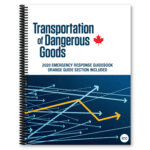 Canadian Transportation of Dangerous Goods (TDG) Regulations in Clear Language, English |
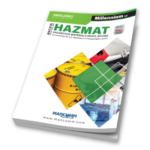 US 49 CFR Publications |
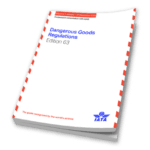 IATA Publications |


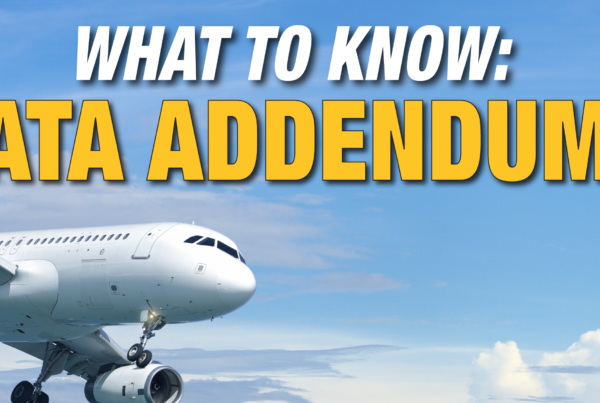
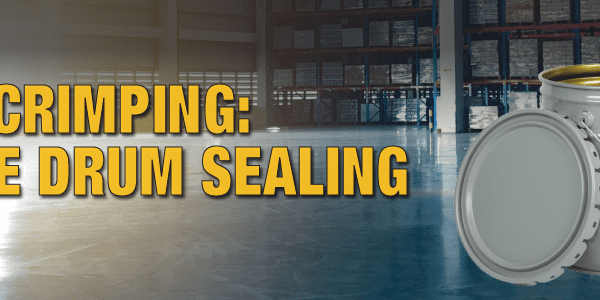
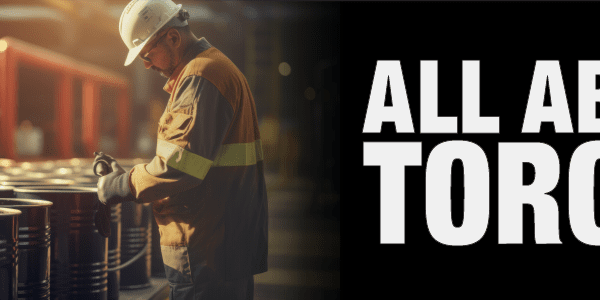


 ICC USA
ICC USA ICC Canada
ICC Canada